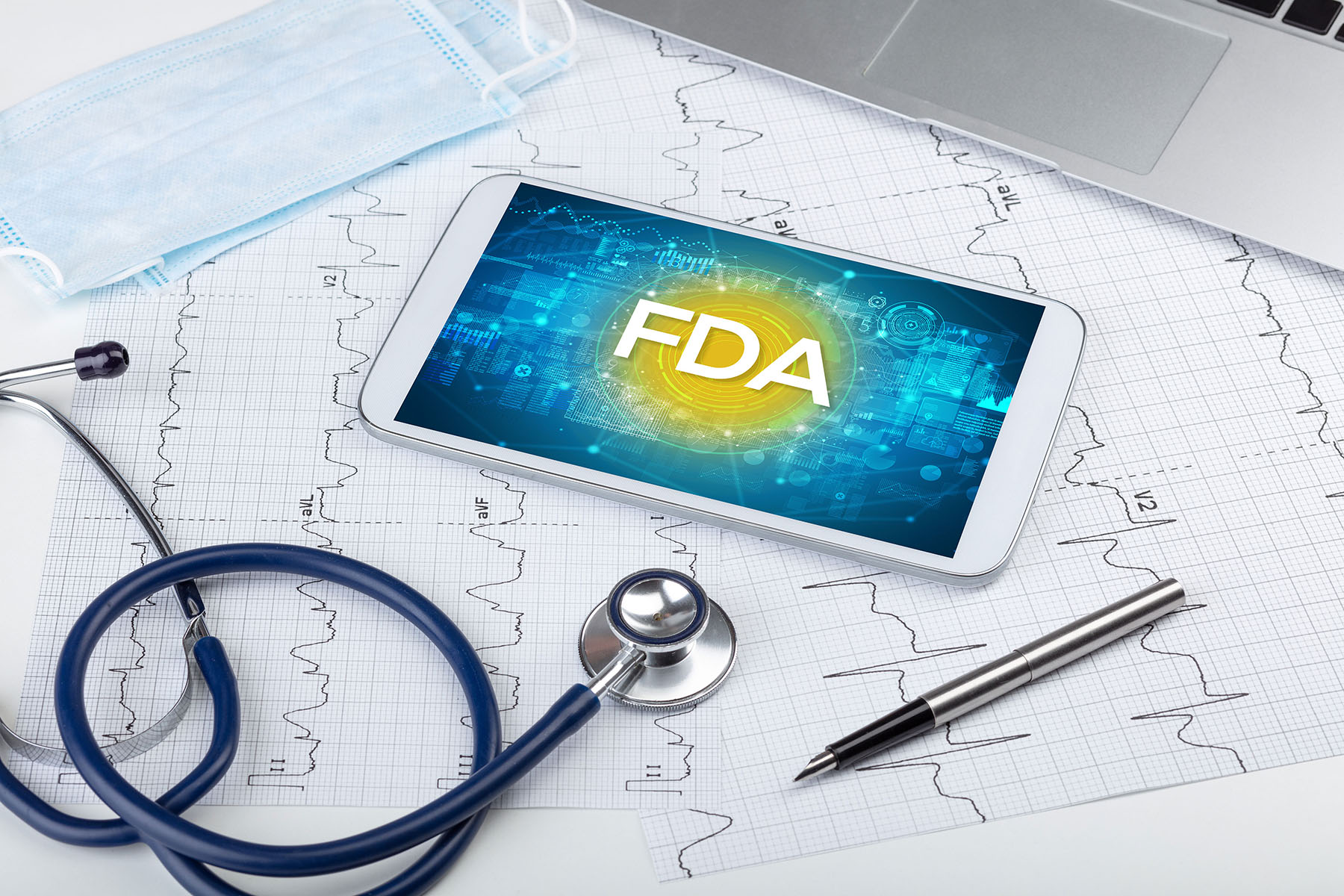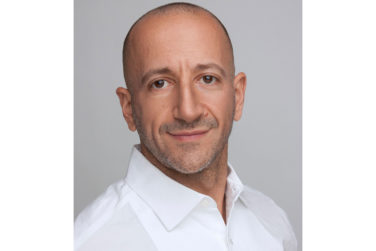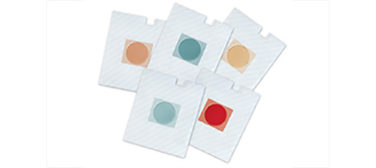Similar to the drug industry’s paradigm for Breakthrough Therapy Designation, the device industry’s opportunity to participate in the Breakthrough Devices Program can open the door to U.S. Food and Drug Administration (FDA) support for expedited product development. Since the voluntary program was authorized as part of the 21st Century Cures Act, the FDA has reported significant increases in the number of designations it has granted, exceeding 200 for the first time in Fiscal Year 2021. The top three product categories receiving the most Breakthrough Device Designations since program inception are cardiovascular, neurology, and orthopedic devices.
In order to qualify for Breakthrough Device Designation, a device developer must demonstrate that it fulfills the following statutory criteria in its designation request to the FDA:
1. The device must provide for more effective treatment or diagnosis of life-threatening or irreversibly debilitating human diseases or conditions; and
2. The device must also meet at least one of the following:
a. represents a breakthrough technology;
b. no approved or cleared alternatives exist;
c. offers significant advantages over existing approved or cleared alternatives; and/or
d. device availability is in the best interest of patients.
If granted Breakthrough Device Designation, sponsors benefit from “early and regular” interaction with the FDA during the development process, and, crucially, prioritized review of the sponsor’s premarket submission, meaning the submission is placed at the top of the appropriate review queue and receives additional review resources, as needed.
Addressing Unmet Medical Needs
With the current proliferation of unmet medical needs, these criteria are ripe for pursuit by innovators of breakthrough technologies, particularly where no approved or cleared alternatives exist. Importantly, Breakthrough Device Designation can provide a significant inflection point for startup developers, not only in securing regulatory support, but also in securing investor interest for any innovators who successfully obtain this designation from the FDA.
Finally, in its recent draft guidance entitled “Select Updates for the Breakthrough Devices Program Guidance: Reducing Disparities in Health and Health Care,” the FDA suggests that it “considers technologies and device features tailored to address characteristic differences, such as those arising from social features, phenotypic variations, pathophysiology, and/or response to treatment” in assessing a device’s potential to be “more effective.” Accordingly, the FDA’s draft guidance clarifies the breadth of scope of unmet needs that innovators should keep front of mind in developing technologies with innovative or advantageous features to address treatment or diagnosis of life-threatening or irreversibly debilitating diseases or conditions.
As a result, innovations to address the unmet needs of populations affected by health inequities, including disparities based on race, ethnicity, sex, and access to care, may enable a developer to pursue Breakthrough Device Designation. There is no limit on the number of technologies or requests for designation that a developer can pursue or re-submit, which makes Breakthrough Device Designation strategy a core component today in any breakthrough technology product development regulatory strategy.









